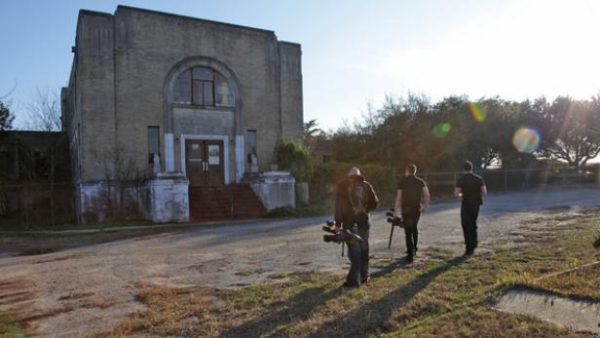Kick out the classics
Modern classics are taking over the reading industry
High school and college literature classes are something that an individual usually loves or loathes, with no intermediate stance.
Out of the vast array of millions of novels, how does it always seem that the books read in these classes are predominantly written by caucasian men who have been deceased for countless years? One simple answer: these books are referred to as “classics,” and they are a fan-favorite of many corporate English class curriculums.
Books deemed as “classics” feature the imaginations and thoughts of the white men in the time before ours who were the only beings with the advantage of possessing the knowledge required to know how to read, write, and publish their works. This is the underlying reason as to why many of the old, cliche novels that are featured in literature based classes are composed mainly by white men.
“To be generally agreed upon as a classic, works meet some common high standards for quality, appeal, longevity, and influence,” the Thought Co. website describes.
A book is able to be considered a classic once it has met a generic set of standards. According to high-profile literary enthusiasts, there are five characteristics that classify a classic as – well, a classic.
A “classic” is a novel that: expresses timeless artistic quality, stands the test of time, has universal appeal, makes worthwhile connections, and is relevant to multiple generations. This set of stipulations has allowed for a plethora of books to be among the prestigious ranks of novels that have the honor to be considered a “classic.”
However, a new question has recently been brought up in the ongoing conversation: Is it not about time to kick out the classics and promote the analysis of modern literature instead?
“Classic literature can teach us so much about the past—how people lived, what they thought, and what they wanted to change. But, the literary canon tends to be dominated by white men. I have nothing against Charles Dickens, Nathaniel Hawthorne, George Orwell, and the like, but there is so much more for lovers of classics to read. We can expand the canon to include classics by people of color from all over the world,” Teresa Preston, Book Riot website contributor, expressed.
Understandably, classics are the very foundation that the rest of book society stands upon.
“Classics are still important to read and analyze and be studied, but there is a very skewed, Eurocentric lens that is portrayed amongst the books considered to be classics,” Ceci Gao, a rising sophomore at UC Berkeley, expressed.
A student participating in research estimated that 90 percent of her required reading in high school curriculum was written by white men, nine percent written by white women, and the remaining one percent written by black, indigenous, and authors of color (BIPOC authors).
“The displacement of not fitting into a protagonistic mold is a feeling that sets in more deeply than we realize,” the student, in the midst of an interview, reported.
“Not only are many students of color not seeing themselves represented in the books taught in class, but for some, it feels as if white culture is being pushed upon them and they are being told that this is what is right or what is good literature,” Joelle Chien, contributor to The Stanford Daily similarly argued.
William Shakespeare, Christopher Marlowe, Herman Mellville, F. Scott Fitzgerald, and William Golding are a few of the male writers that would likely come up in a conversation about classic literature. While these authors have altered the course of history with their published masterpieces, many readers have come to the conclusion that they have had their fair share of time in the spotlight. Perhaps it is time to allow more recent authors their respective time in the limelight.
For numerous students, it gets exhausting only getting to learn about white [or] Eurocentric culture. The literary community is calling for a change to allow everyone to feel represented by the books that are read in schools, both in terms of the stories that are told and the authors themselves.
In response to the outcry of desired change, some of the classes with required reading statuses have made the switch to accompany literature with a more diverse and relatable standpoint.
Some schools have incorporated a lesson in their curriculum that allows for each respective student to have their choice of what book they are eager to read. With methods like these, a student can not only find a book that suits their preferred style and perspective, but they are also almost guaranteed to pick a book that they will stay engaged in.
English teachers in America have been making the leap to involve more diverse literature as well by stocking their personal classroom libraries with an array of unique novels to choose from.
For reference, books like, “The Hate U Give,” “Monster,” and “The Leavers” are just a few examples of popular emerging literature with diverse characters, plots, and authors.
“I am not going to be one that is going to say we should get rid of the classics. In terms of kids of color who are behind and are not getting lots of exposure to that form of cultural capital, then they need to have that opportunity,” Kim Parker expressed in an Harvard Education podcast interview.
Perhaps it is time to go above and beyond to strongly encourage diversified reading materials within the walls of schools and colleges alike, and maybe kicking out the classics is not as daunting of an idea as it may seem.
For more information and a compiled list of interesting reads by diverse authors, please visit https://bookriot.com/100-must-read-classics-by-people-of-color/.




